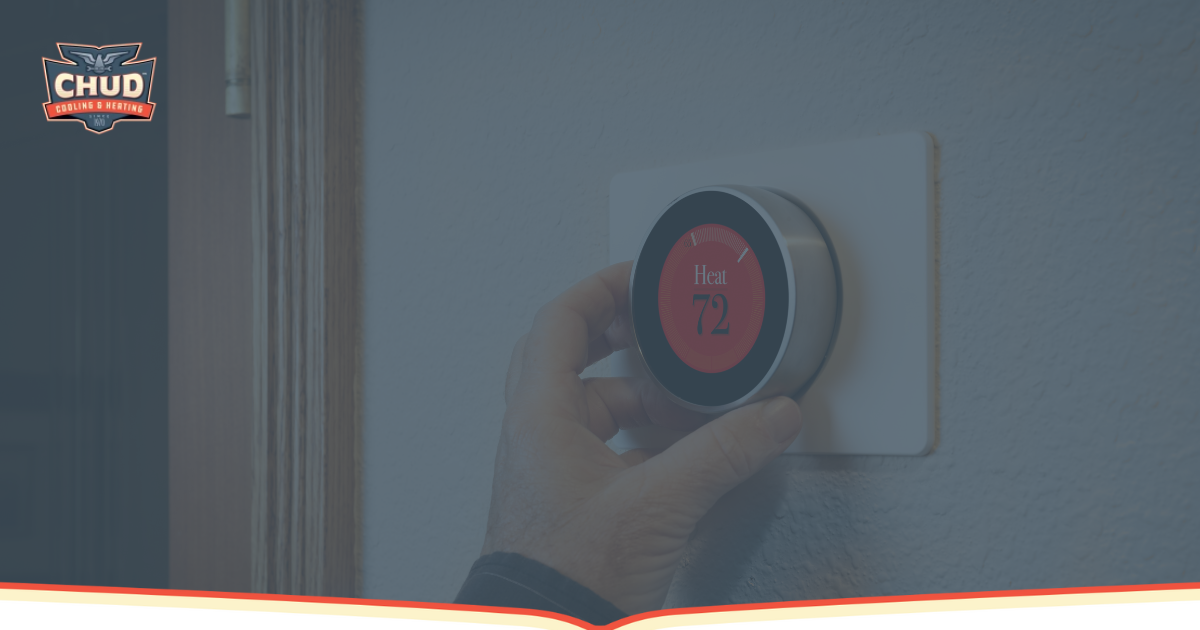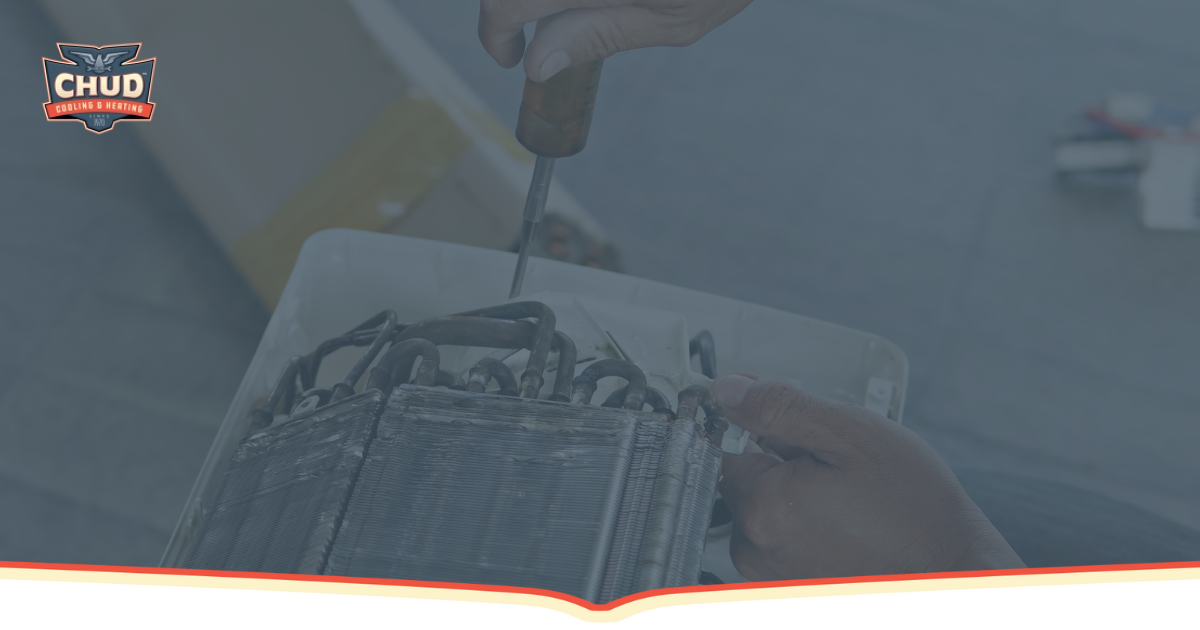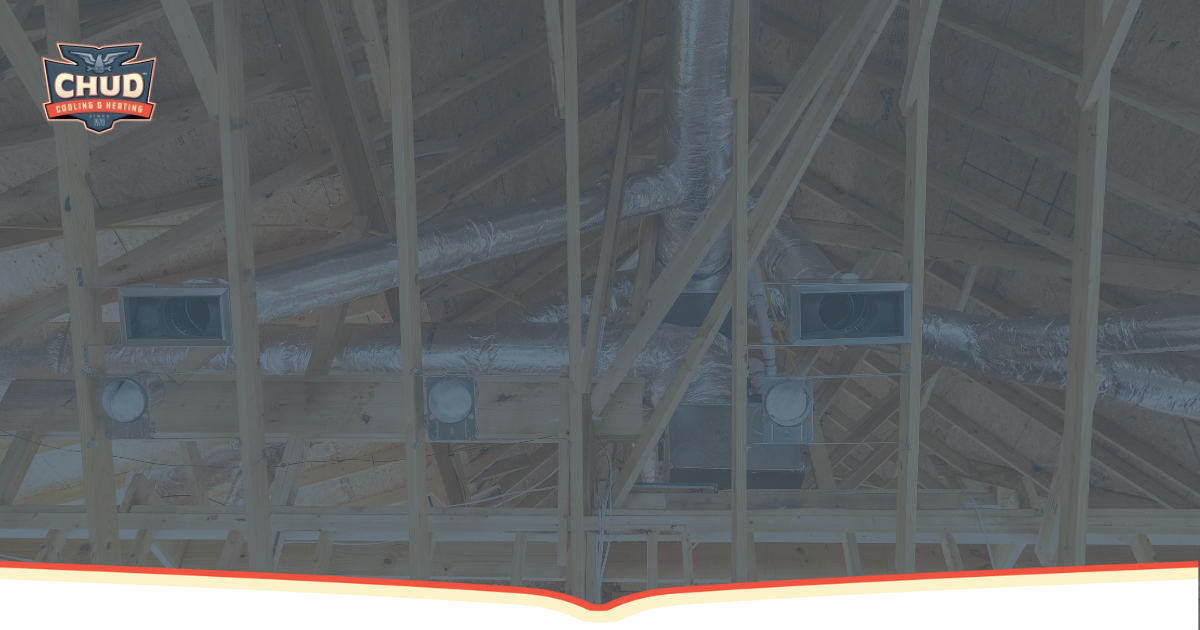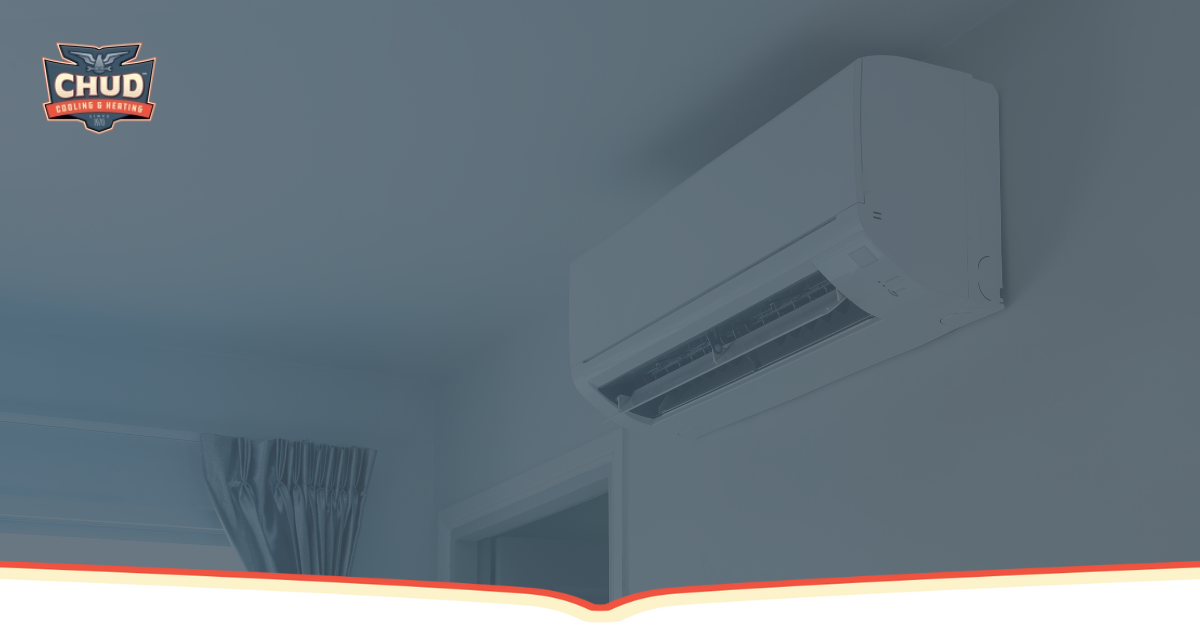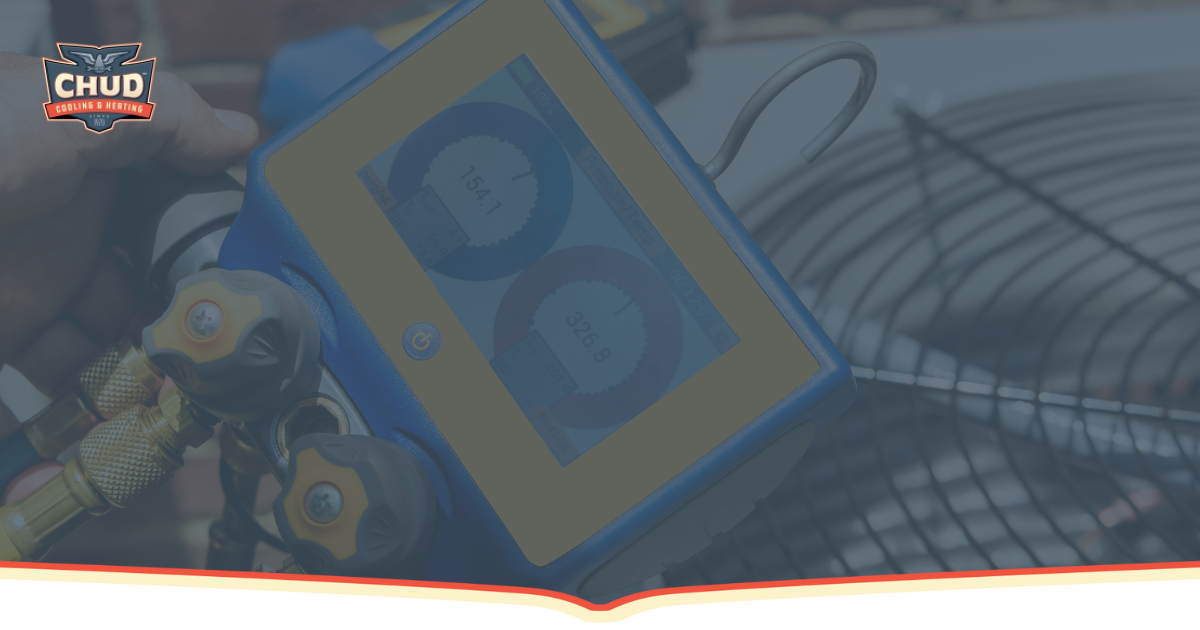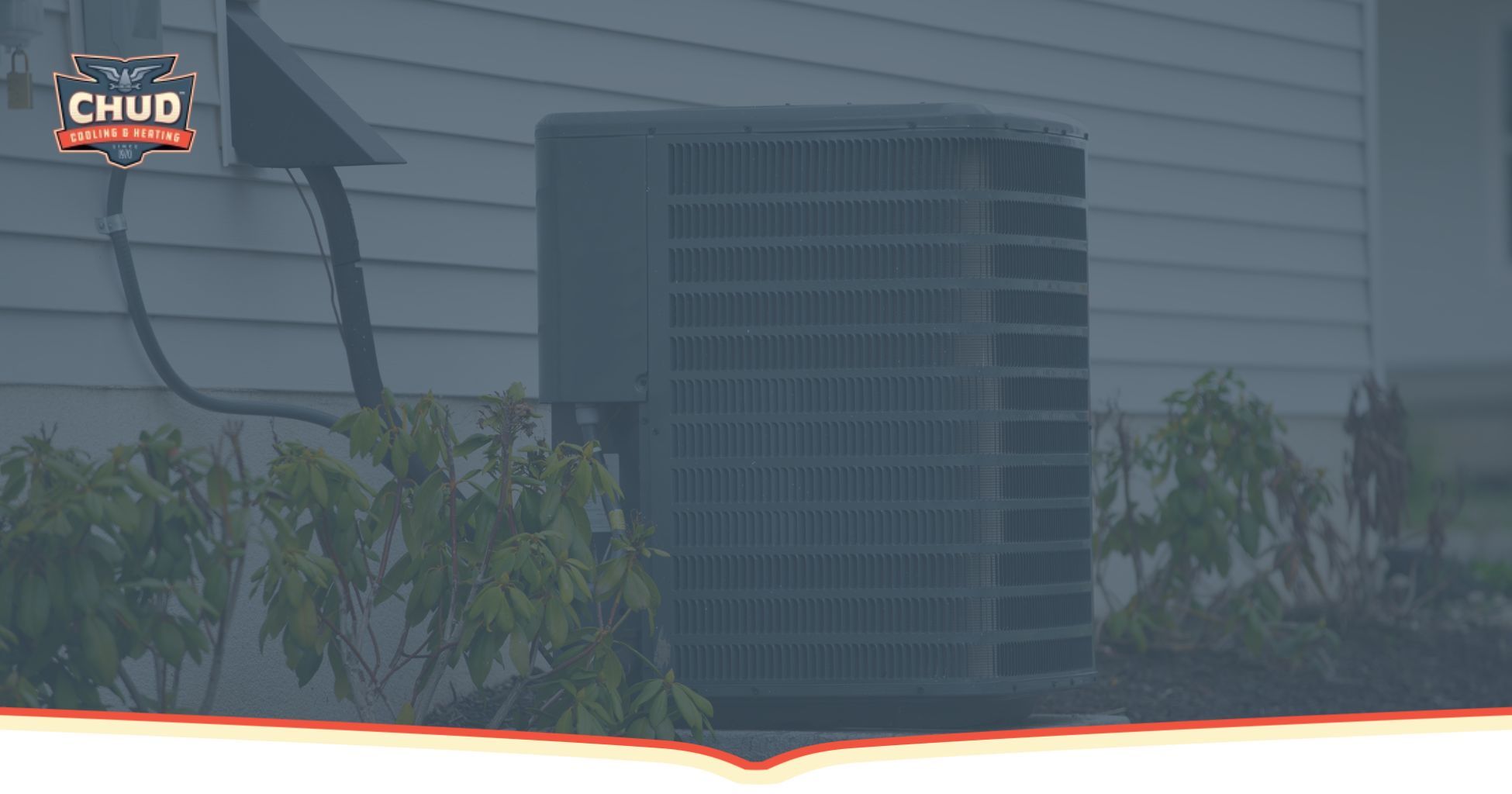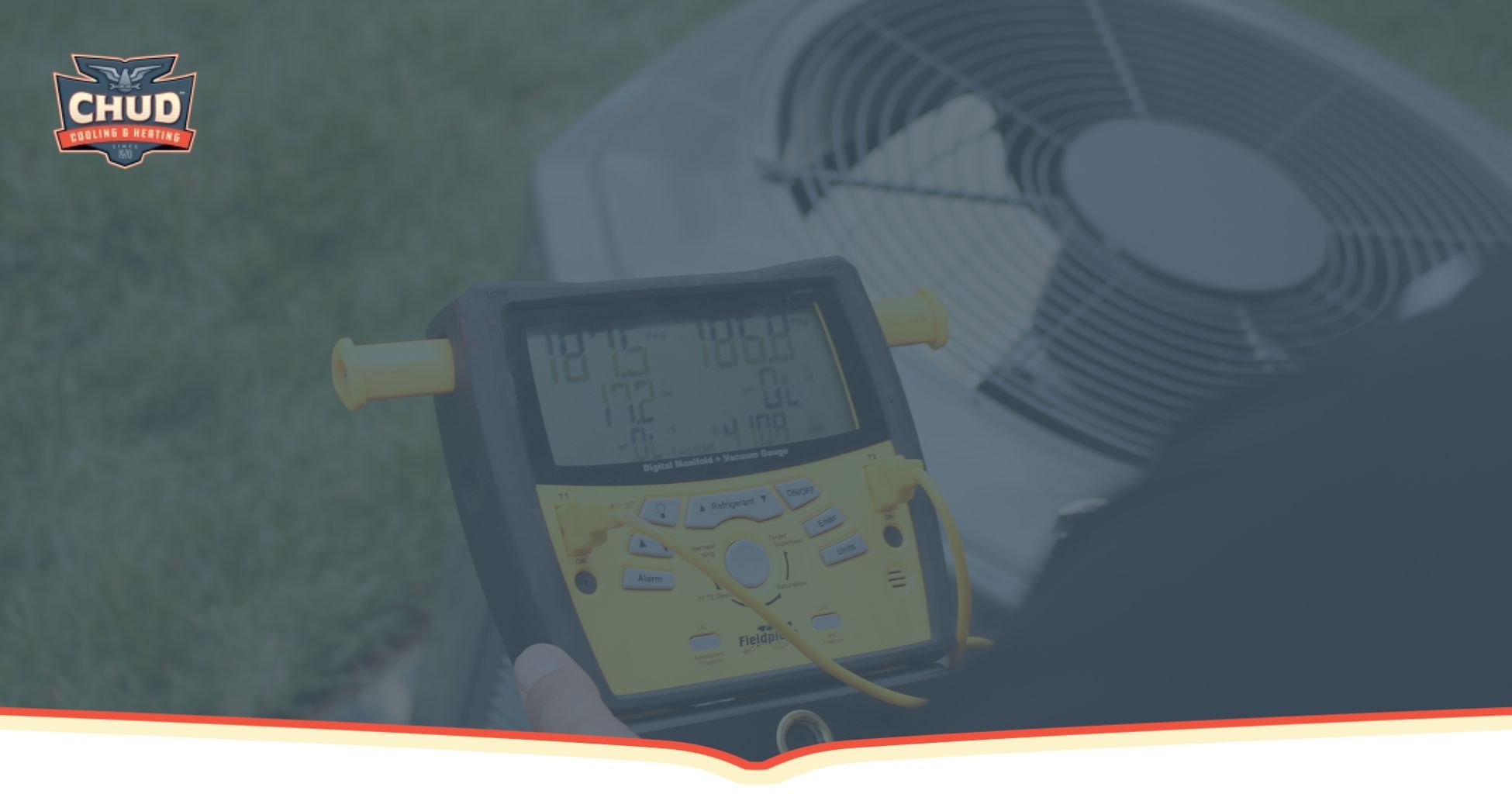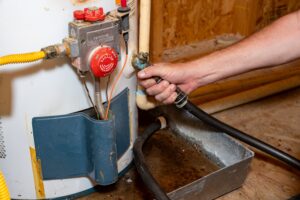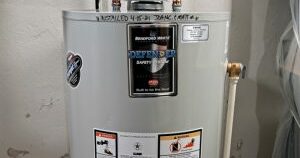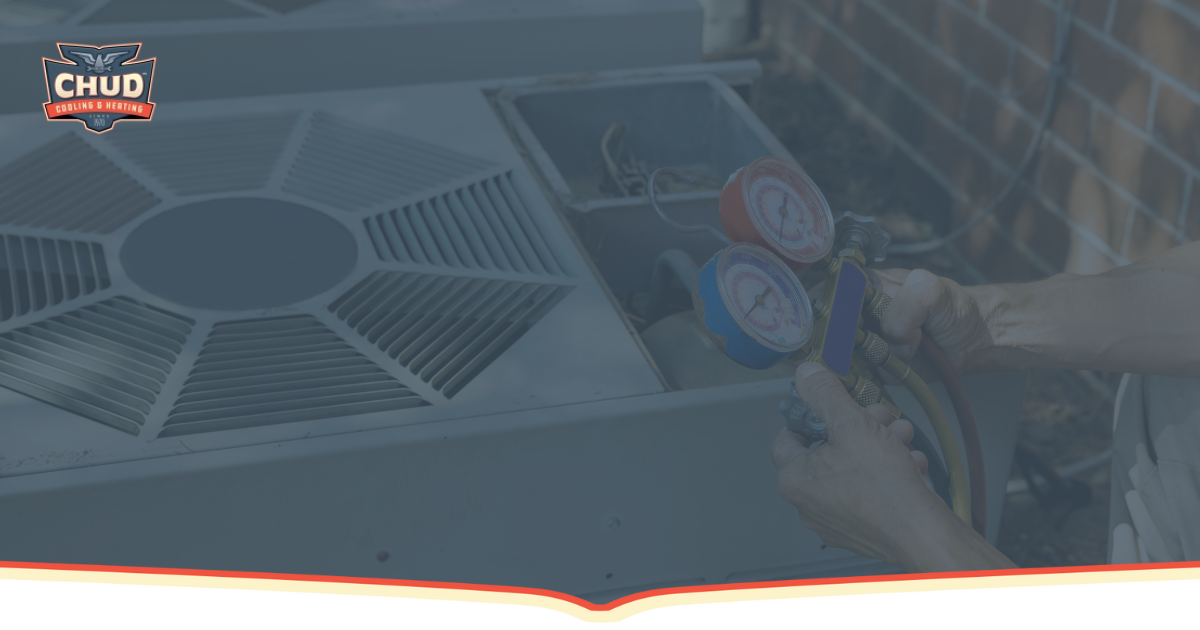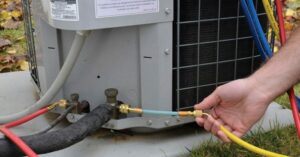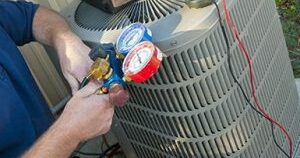How Do Heaters Work?
As long as your heating system is keeping your home at a consistent, warm temperature, you might not give it much thought. However, if you’re noticing inconsistent temperatures or higher energy bills, you may want to try to figure out the problem. So, how do heaters work?
Learn more about how your heating system attempts to maintain a consistent temperature in your home, whether it runs from electricity or natural gas.
How an Electric Heater or Furnace Creates Heat
When powered by electricity, your furnace or heater has a heating element inside. The furnace draws power through its electrical connection and heats a heating element, which is a metallic resistance alloy.
As the electrical current goes through the heating element, the coils in this device heat up quickly. Heating elements using this technology appear in common appliances like toasters. A large heating element in a furnace can heat the entire house.
How a Natural Gas Furnace Creates Heat
How do heaters work when they run from natural gas? The natural gas or propane fuel creates a flame inside the furnace or heater. The flame heats a metal heat exchanger to an extremely high temperature.
The metal heat exchanger often consists of stainless steel or aluminized steel.
How Warm Air Exits the Heater
With the metal heating element or heat exchanger at a high temperature, the heater operates its fan to move air across the hot metal. As this heated air moves through the air ducts in your home, it travels through supply vents and brings warmer air to your entire home.
The return vents in the home pull air back into the system, where the furnace can heat it again. This system continuously moves heated air throughout the home.
How the Thermostat Controls the Heater
The furnace or heater turns off when the air in the home reaches the temperature setting on the thermostat. When the measured temperature drops below the setting on the thermostat, the heater or furnace kicks on again, generating more heated air.
On an especially cold night, the furnace may need to run for more time or almost continuously, allowing it to maintain the desired temperature. The more time the heater must run, the more natural gas or electricity it uses, increasing your utility bills.
If the day or night is not cold enough, your home might never fall below the desired temperature setting on the thermostat, meaning the heater would never start running.
Common Heating Repairs
Common heating repairs often involve fixing issues with the thermostat, pilot light, or heat exchanger. Faulty thermostats can cause uneven heating or fail to signal the system to start, while problems with the pilot light, common in gas furnaces, can prevent the heater from igniting. Cracked or damaged heat exchangers are also frequent concerns, as they can cause leaks or reduce efficiency.
Additionally, issues like worn-out belts, clogged filters, and malfunctioning blower motors can lead to airflow problems and uncomfortable indoor temperatures. Addressing these repairs promptly can help keep your heating system running smoothly and avoid more costly issues down the line.
Trust Chud Cooling & Heating for Your Heating Tune-up Needs
How do heaters work? How can you ensure they’re operating as efficiently as possible?
At Chud Cooling & Heating, we provide furnace tune-ups that give you peace of mind regarding your heating system. Our preventative maintenance techniques for the different mechanisms in your HVAC system ensure it operates at the highest possible efficiency.
To set up an appointment or to learn more about how we can help, call us at (215) 659-4343. Our technicians can explain how your heater works and help you understand why tune-ups are an important maintenance step.
